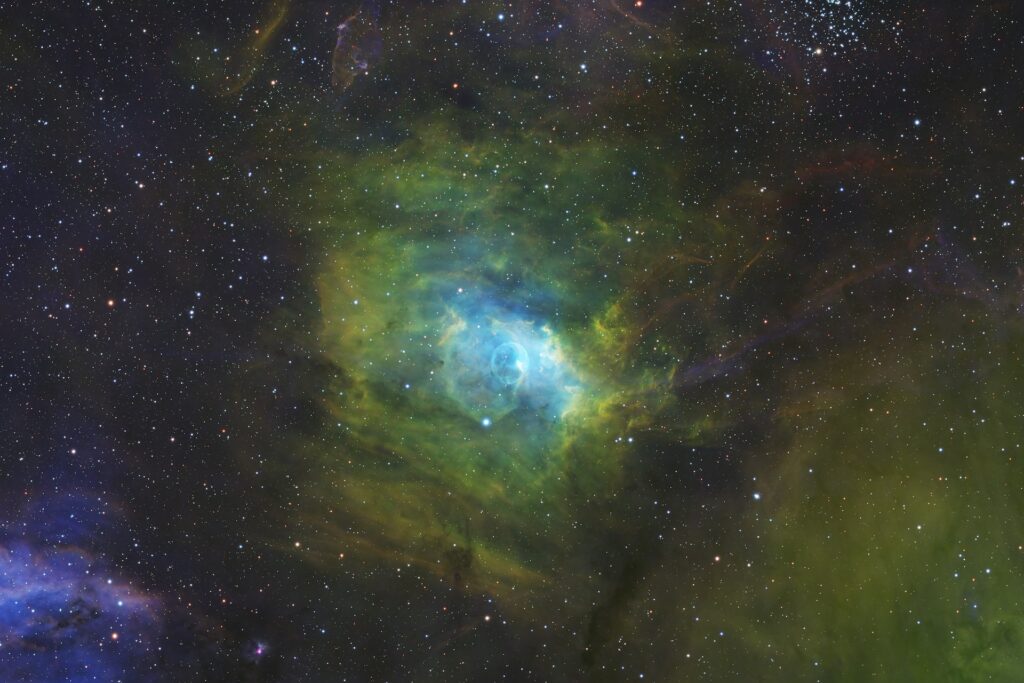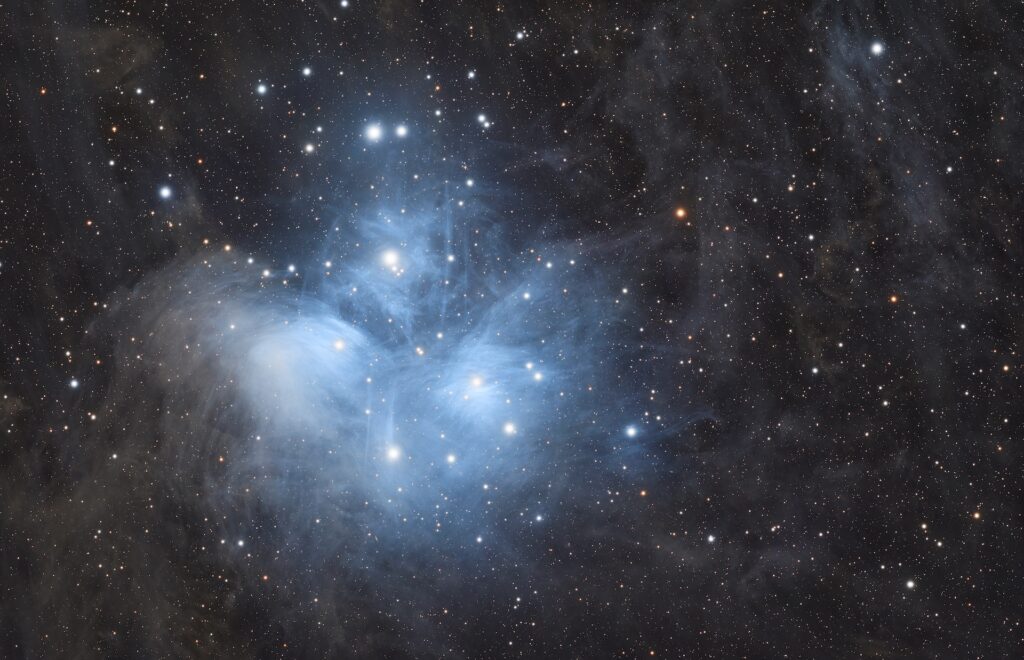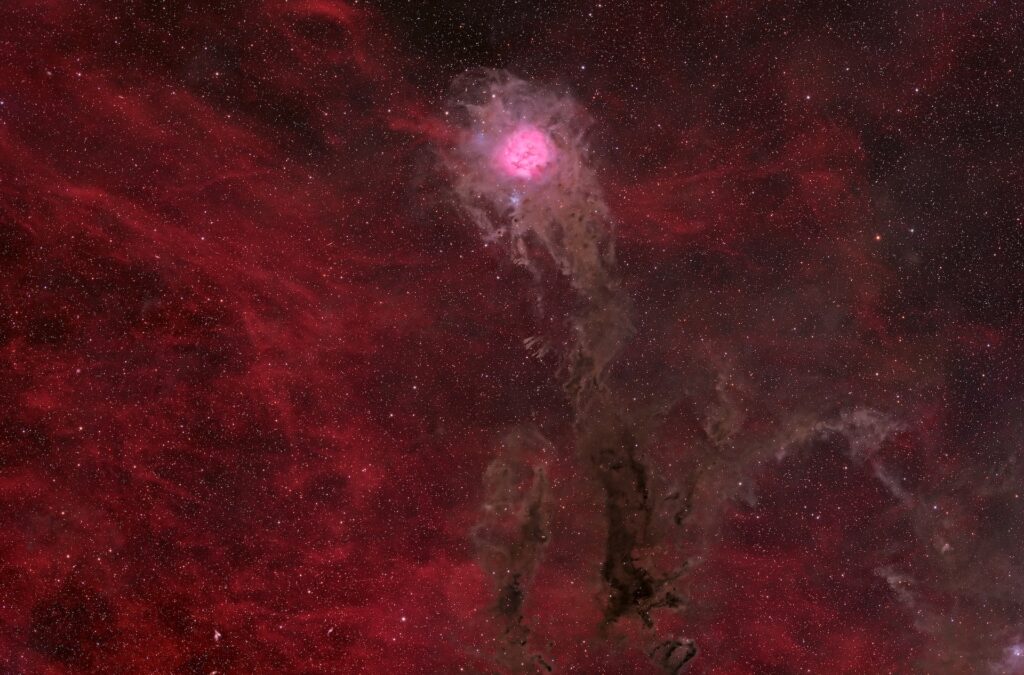By Jett Peters
Editor’s note: I frequently recommend critique feedback as one of the best and quickest ways to advance your photography. It’s useful even if you don’t agree with the judge’s comments since it can provide a different perspective.
The 2025 Astrophotography Prize competition is over, and the judging is complete. A helpful aspect of the Astophotography Prize is the option to request feedback from the judges. The feedback on several submissions (all produced with data from UDRO) is summarized below in hopes of giving a sense of what the judges are looking for, what they found successful, and what they found lacking.
To see all results in the remote imaging category or get inspired for your next project visit: https://astrophotographyprize.com/app-comp-gallery?comp=2&cat=10
Image 1 (The Bubble Nebula):
This image taken last year was the subject of a blogpost about the bubble region. The image is about 50 hours of integration time and is a pure SHO palette. While this image is certainly not the best image of the bubble by any stretch of the imagination, it represents what modern day small (100mm) refactors can accomplish and hopefully gives a unique perspective and palette.

Summarized feedback:
The judges felt that while this was a nice effort, the color palette and strong green cast don’t effectively highlight the bubble or outer gas. The bubble blends into its surroundings due to oversmoothing and low contrast. The judges found the cutoff star cluster awkward and suggested cropping the frame to reduce distractions. They suggested more defined color variation and contrast within the bubble to help it stand out.
Final Score: 79
Image 2 (M45 The Pleiades):
This image, also taken last year, is about 17 hours of integration time and is LRGB with fully natural color treatment. The goal of this image was to keep the structure and color of M45 natural and not over saturated, while bringing out color in the dust.

Summarized feedback:
The judges felt that this was a nice effort on a well-known subject, but suggested the framing would be stronger if shifted more to the right. The nebulous regions could be sharper and better defined, while the stars show some bloat and lack color. The outer dust appears too neutral/gray and would benefit from warmer tones to create better contrast against the cluster’s blue light.
Final Score: 78
Image 3 (Caldwell 49 The Rosette Nebula)
This image of the Rosette taken from UDRO reflects about 52 hours of integration time and is done in an HOO palette. Like the M45 image, this is a very well known and imaged region, so the goal was to bring a unique palette and resolve and preserve the faint background details.

Summarized feedback:
The judges felt that the target is nicely framed with good preservation of dark dust filaments, adding structural depth. The outer regions show faint structures, though some appear oversmoothed from noise reduction; more micro-contrast could help reveal the delicate arcs. The palette, which leans toward an HOO blend with strong red framing and cyan/magenta tones in the core, is a bit unusual, and the blue/pink transition feels abrupt. While the background is clean and flat, the color balance leans magenta and could be tuned for a more natural Ha/OIII separation.
Final Score: 82
Image 4 (The Cocoon Nebula):
This image is composed of about 83 hours of integration time. The goal of the image was to resolve the dust and core while bringing as much hydrogen into the background as possible.

Summarized feedback:
The judges liked the framing (showing the Cocoon along with Barnard 168), the natural color balance, and the clean stars. However, they felt that the Cocoon itself was getting lost in the Ha background. The dust outside the Cocoon didn’t stand out strongly, and the center lacked contrast and sharpness. The framing placed the Cocoon a bit high; a counterclockwise rotation using the rule of thirds would have created better balance. Dust lanes were well captured but appeared somewhat flat and could have benefited from more local contrast, while the darkest areas needed more depth. The faint background nebulosity was present but under-emphasized.
Image 5 (The Angel Nebula):
This region often engenders a love/hate relationship. It is incredibly beautiful, but it is one of the most difficult regions to image and process. The geostation satellite belt causes problems with stacking, and the dust around the Angel itself is incredibly faint and difficult to process correctly. The image shown below is composed of about 74 hours of integration time.
Final Score: 80

Summarized feedback:
The judges’ reaction to this image was positive overall. They found the image clean with good color balance and sharpness. They appreciated that the primary DSO was not oversharpened. The main factor keeping the image from moving from very good to great was the undersampling on the smallest stars, likely due to the setup rather than the processing. They suggested considering drizzle.
Final Score: 81
